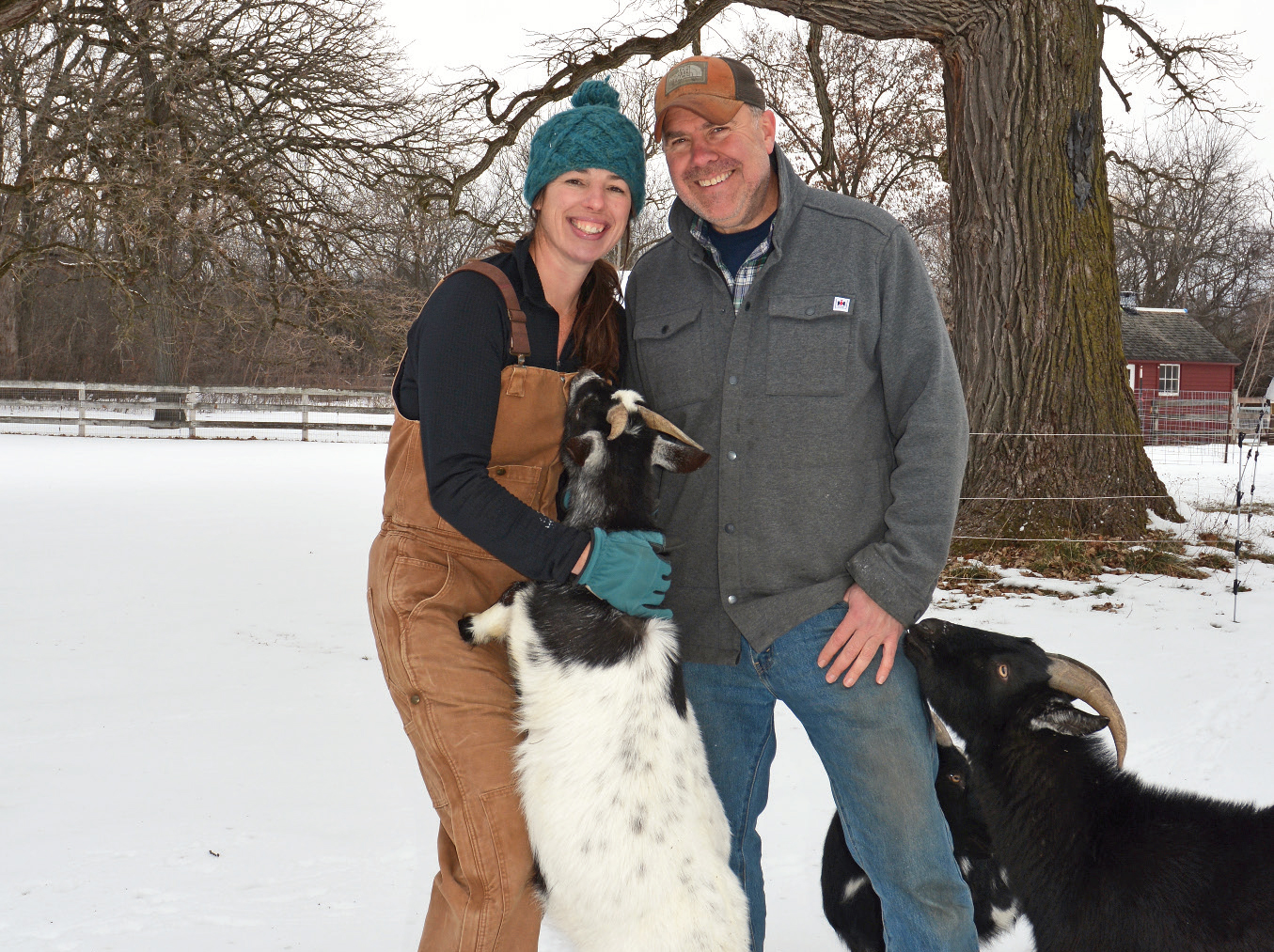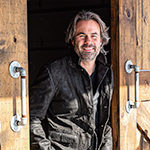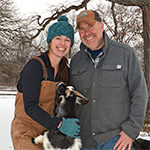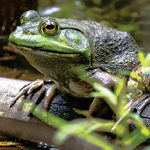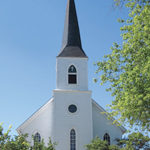Brent Burval and Jessica Underwood live in Barrington Hills on their 5-acre homestead, Spring Creek Farm. They invited Quintessential Barrington to stop by and learn about life on the farm.
. . . . . . . . . . . .
Jessica and I both grew up in Barrington, where we met over 35 years ago. We share a passion for the outdoors, nature, and environmental stewardship.
I was raised working at my family’s iron shop, and after graduating from college, became a technology entrepreneur. A few years into my career, too much screen time started to feel very unnatural, and smart phones ultimately made things worse. Seeking some balance, I bought a few chickens (laying hens). This awoke the inner farmer in me.
Jess was raised on a small homestead where everything was DIY (before DIY had a name), and after college became an equestrian professional. She never lost her balance (she’s smarter than I am).
Most of us have farming in our blood. My Grandmother, Evelyn Burval, grew up on a working farm, my Great-Uncle, Frank Burval, worked for International Harvester. I think we all crave getting our hands dirty, whether we realize it or not. No doubt this is why gardening is such a popular hobby.
The books “The Self-Sufficient Life and How to Live It” by John Seymour, and “Better Off: Flipping the Switch on Technology” by Eric Brende sealed the deal for me. I dug in, literally, to a ¼ acre plot of land with nothing but a shovel, pumpkin seeds, and a watering can. Watching our nieces and nephews pick and carve the pumpkins in the fall was magical. The next year I expanded into garlic, maple sugaring, and vegetable gardening. You’d be amazed how much delicious healthy food can be grown in a small area.
Herd Mentality
Not to be outdone, Jessica added dairy goats to the mix. I converted an old shed into a barn and built some pens, and we started our herd. Jessica makes soap and artisan cheeses from the goat’s milk, and both are out of this world. As an added bonus, our goats clear away invasive buckthorn, poison ivy, and keep our pastures mowed.
We added more chickens and some ducks along the way, and Jess finds time to plant native flower gardens and grasses throughout the property. We are slowing transitioning as much as possible to natives.
We do this organically—without pesticides or herbicides—following permaculture style as stewards of our own land. And nature has responded to the expanded biodiversity, seemingly overnight. We’ve noticed more insects in the air, more salamanders and frogs in the yard, and more wild critters and birds in the trees, both day and night. The results are incredibly gratifying.
“And nature has responded to the expanded biodiversity, seemingly overnight. We’ve noticed more insects in the air, more salamanders and frogs in the yard, and more wild critters and birds in the trees, both day and night. The results are incredibly gratifying.”
– Brent Burval
It has been relatively easy to get to where we are, though adding farm animals requires a lot of research and ongoing commitment. For us, the eggs, milk, and laughter they generate are well worth the effort. Along the way, we have found other farmers and friends to be more than willing to share what they know. Most of the tools we use were acquired used at very reasonable prices. We continue to experiment and learn, taking small steps over time.
Last year we added an apiary (bees) to the farm with the help of our friends Jerry and Daria Sapp, and I started cultivating grapevines passed down from my Great-Grandfather. We hope to add an apple orchard in the future, but not before learning how to make better use of the crabapples and black walnuts our trees produce each year. Hügelkultur gardening, and pollarding buckthorn (increased goat feed and reduced propagation being the goals), are both also on the to-do list. We are restoring an old milkhouse which may become the base for a root cellar and future outdoor farmstand. And someday, the engineer in me hopes to find time to restore my 1954 Farmall tractor.
At one time we considered buying a larger farm in Wisconsin, but in the end, there’s no place like home. Barrington Hills supports agriculture and offers everything we could want and more, including a great rural lifestyle close to family, friends, and all the great benefits of the entire Barrington area.
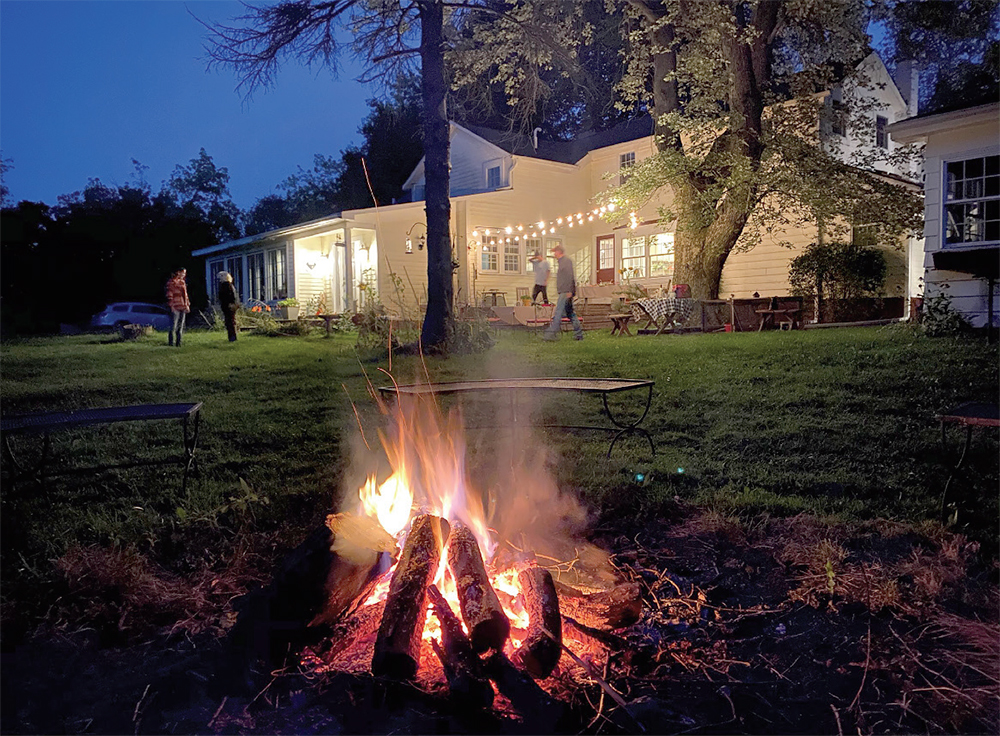
A small fire makes for an enjoyable outdoor gathering space at the farm.
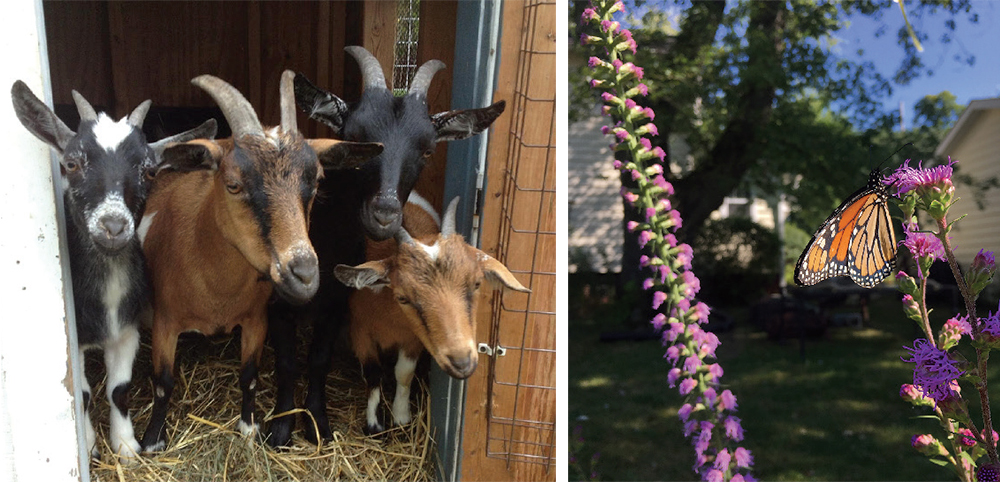
Left: The goats keep the homesteaders busy on the farm. Right: Working to achieve greater biodiversity has resulted in more natural activity.
Homemade Provisions
By Jessica Underwood
We use a cold process of soap-making to help retain the beneficial nutrients in the goat’s milk in the final product. The milk is frozen then blended with organic olive oil, organic coconut oil, and other natural organic ingredients. As the mixture starts to thicken, essential oils and natural clays are added. The soap sets and then cures for six weeks. A great way to start learning how to make soap is with a prepared melt-and-pour base that can be bought at hobby stores.
Right: Goat milk soap and raw honey are products made for family and friends at Spring Creek Farm. Photo by Jim Prisching.
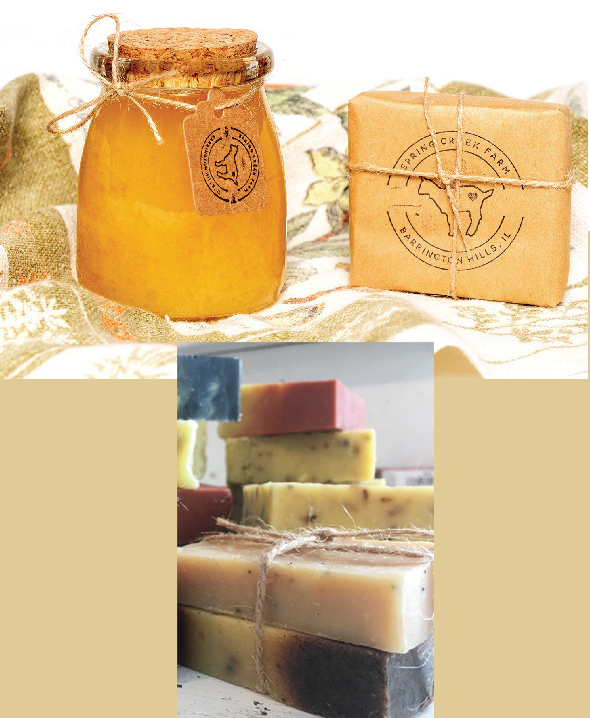
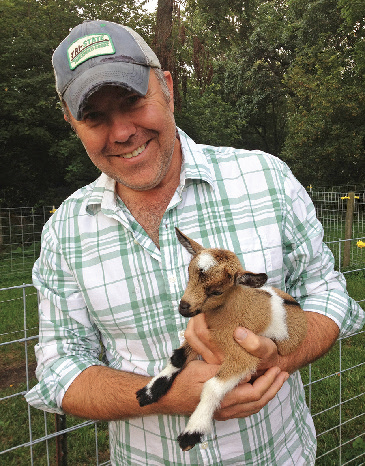
Brent Burval was raised in Barrington, graduated from Barrington High School before earning an engineering degree, and lives in an historic farmhouse in Barrington Hills. When he’s not running his information technology consulting firm or working on his farm, you can find him tinkering at his family’s nearly century-old metal shop in Des Plaines, volunteering outdoors, or fly fishing with his dog. Brent can be reached at brent@burval.com.
Brent Burval with Acorn.
– End –
Share this Story

